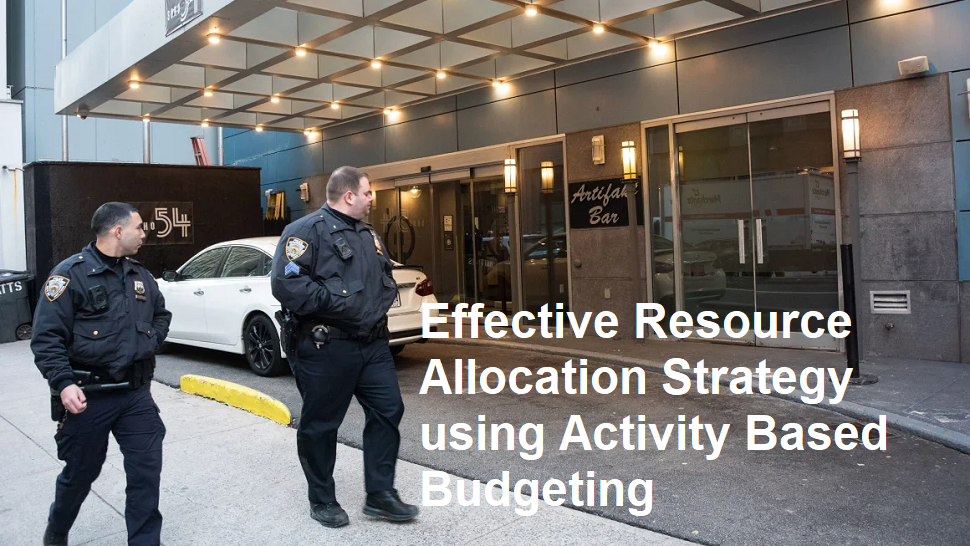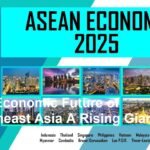Federal Reserve Chair Jerome Powell issued a stark warning on Monday, cautioning that former President Donald Trump’s proposed global tariffs risk reigniting inflation, destabilizing labor markets, and forcing the central bank to maintain higher interest rates for longer. Speaking at a monetary policy forum in Washington, Powell emphasized that the “unprecedented scale” of Trump’s trade measures—including reciprocal tariffs of up to 60% on some imports—could disrupt supply chains, spike consumer prices, and reverse recent progress toward cooling the U.S. economy.
“We are in a delicate phase where policy missteps could undermine the disinflation process,” Powell said. “Aggressive tariffs would introduce significant uncertainty, making it harder to achieve our dual mandate of price stability and maximum employment.”
Tariffs and Inflation: A Perfect Storm
Trump’s tariff proposal, which targets $3 trillion in annual imports from China, the EU, and other trading partners, has drawn comparisons to the 2018–2019 trade war. However, economists argue the current economic landscape—marked by lingering post-pandemic inflation, tight labor markets, and elevated household debt—leaves the U.S. far more vulnerable to shocks.
Powell noted that tariffs act as both a “tax on consumers” and a “supply-side constraint,” since businesses often pass higher import costs to buyers. The Fed estimates that Trump’s 2018 tariffs added 0.3–0.5 percentage points to inflation. This time, with tariffs potentially covering 10 times more goods, analysts project a 1–2 percentage point surge in consumer prices within 12 months. Essential items like electronics, clothing, and automobiles would see the sharpest increases.
“The risk isn’t just short-term inflation,” said Karen Dynan, a Harvard economist and former Treasury official. “If supply chains fracture permanently, the Fed could lose control of inflation expectations, forcing rates to stay restrictive even as unemployment rises.”
Labor Market in the Crosshairs
Powell’s remarks highlighted an underappreciated risk: tariffs could simultaneously stoke inflation and unemployment—a nightmare scenario last seen during the 1970s stagflation crisis. Industries reliant on imported materials, such as manufacturing, retail, and automotive, would face higher production costs, likely triggering layoffs or hiring freezes.
The U.S. labor market already shows signs of softening, with unemployment inching up to 4.1% in June and wage growth slowing. Tariffs could accelerate this trend. A study by the Peterson Institute for International Economics estimates Trump’s 2024 tariff plan would eliminate 750,000 U.S. jobs, with Midwest manufacturing hubs like Michigan and Ohio bearing the brunt.
“Workers in swing states will pay the price,” said Mark Zandi, chief economist at Moody’s Analytics. “Automakers can’t absorb a 25% tariff on Chinese EV batteries without cutting jobs. Retailers facing pricier imports will reduce staff hours. It’s a lose-lose.”
Fed’s Dilemma: Prolonged High Rates
The Fed has signaled it may cut interest rates once this year, but Powell admitted tariffs could upend those plans. If inflation rebounds, the central bank would face pressure to keep rates elevated, even at the cost of higher unemployment.
“We’re walking a narrow path,” Powell said. “Premature easing could let inflation resurge, but staying too restrictive for too long risks unnecessary harm to the job market.”
Markets reacted swiftly to Powell’s comments. The S&P 500 fell 1.2%, led by declines in consumer discretionary and industrial stocks. Bond yields rose, with the 10-year Treasury note climbing to 4.4%, while the U.S. dollar strengthened against major currencies—a sign investors expect delayed rate cuts.
Historical Echoes and New Risks
The 2018–2019 trade war offers cautionary lessons. While Trump’s tariffs initially boosted manufacturing optimism, they ultimately reduced U.S. GDP by 0.3% and cost tax payers 40 billion in farm bailouts to offset Chinese retaliation. This time,the global economy is weaker,and U.S.fiscal tools are limited.With the national debt exceeding 40 billion in farm bailouts to offset Chinese retaliation. This time, the global economy is weaker, and U.S . fiscal tools are limited. With the national debt exceeding 35 trillion, Congress has little appetite for stimulus packages to cushion tariff impacts.
Powell also warned of geopolitical ripple effects. Retaliatory measures from China could disrupt critical exports like semiconductors and pharmaceuticals, while EU tariffs might target politically sensitive sectors like agriculture. “A global trade war would make today’s challenges look mild,” he said.
Political Pushback and Market Anxiety
The Biden campaign seized on Powell’s warnings, framing Trump’s tariffs as “reckless” and “anti-worker.” Treasury Secretary Janet Yellen echoed Powell’s concerns, stating, “Tariffs are a blunt instrument that could derail the economic progress we’ve made.”
Meanwhile, Trump allies dismissed the Fed’s analysis as “alarmist.” “Chair Powell failed to control inflation for years. Now he’s blaming tariffs to cover his mistakes,” said Senator J.D. Vance (R-OH), a potential Trump running mate.
For businesses, the uncertainty is paralyzing. “We’re holding off on hiring and investments until we know how this plays out,” said the CEO of a Midwestern auto parts supplier, speaking anonymously. “The Fed can’t fix a trade war, and neither can we.”
Long-Term Outlook: Stagflation Fears
Economists fear the U.S. could enter a stagflationary trap—stubborn inflation paired with stagnant growth and rising joblessness—if tariffs take effect. Powell stressed that the Fed’s tools are ill-suited to address supply-side shocks, urging policymakers to “avoid self-inflicted wounds.”
For now, markets are pricing in a 60% chance of a single rate cut by December, down from 80% a month ago. But as Trump maintains his lead in battleground state polls, volatility is expected to climb.
“The Fed’s worst-case scenario is Trump’s tariffs colliding with another oil price spike or climate-driven food crisis,” said Diane Swonk, chief economist at KPMG. “That’s a hurricane they can’t weather without severe pain for households.”
Jerome Powell’s stark message underscores the high stakes of November’s election for the U.S. economy. With Trump’s tariff threats looming, the Fed faces a near-impossible balancing act: fighting inflation without crushing jobs. For American workers and consumers, already strained by years of price surges, the path ahead risks becoming even rockier. As Powell put it, “The margin for error is vanishingly thin.”












